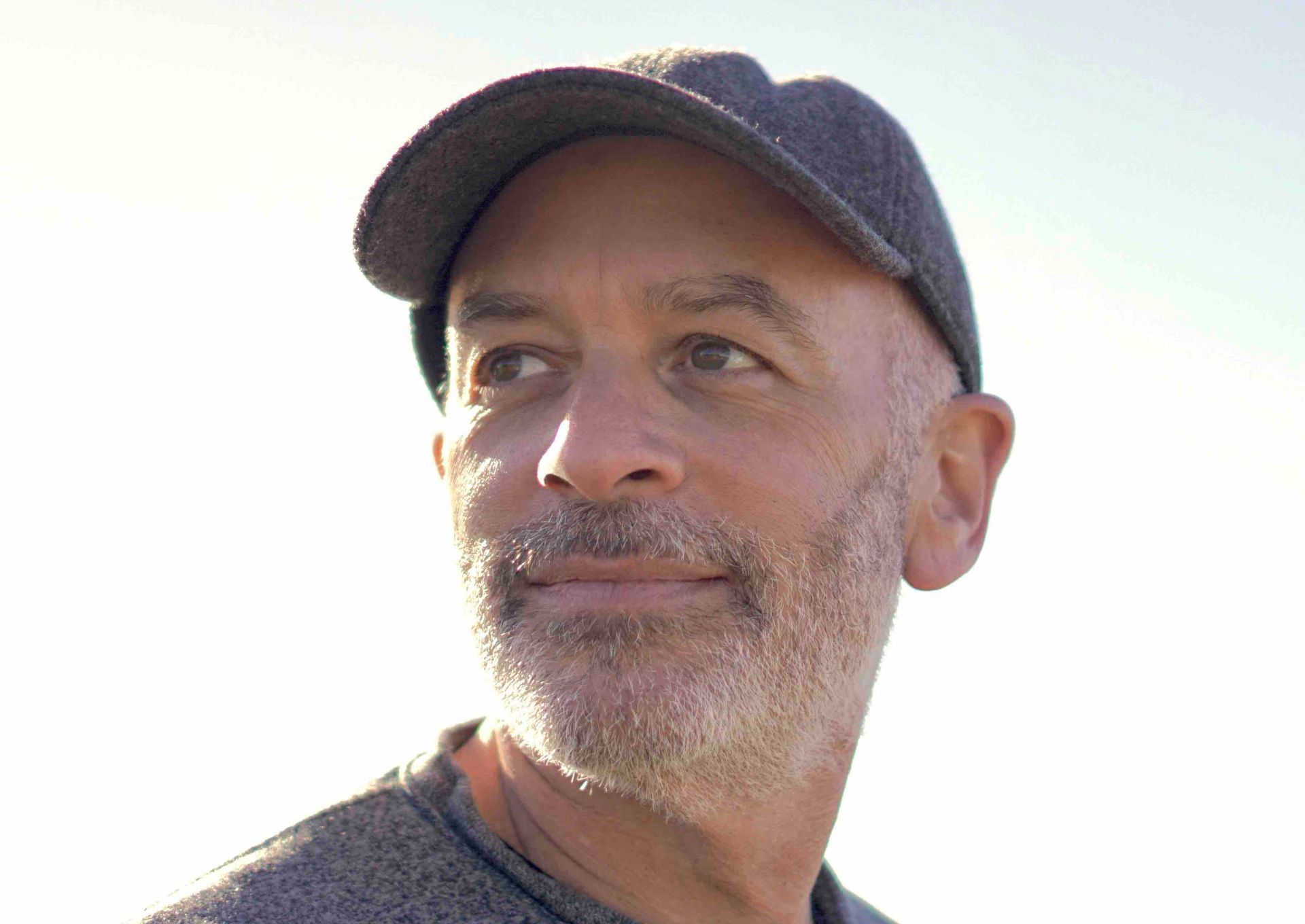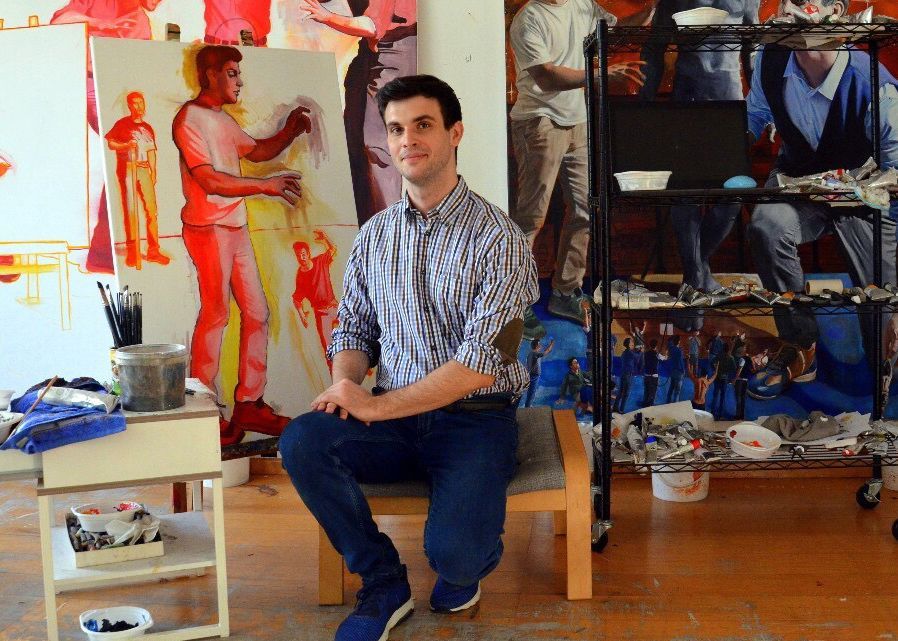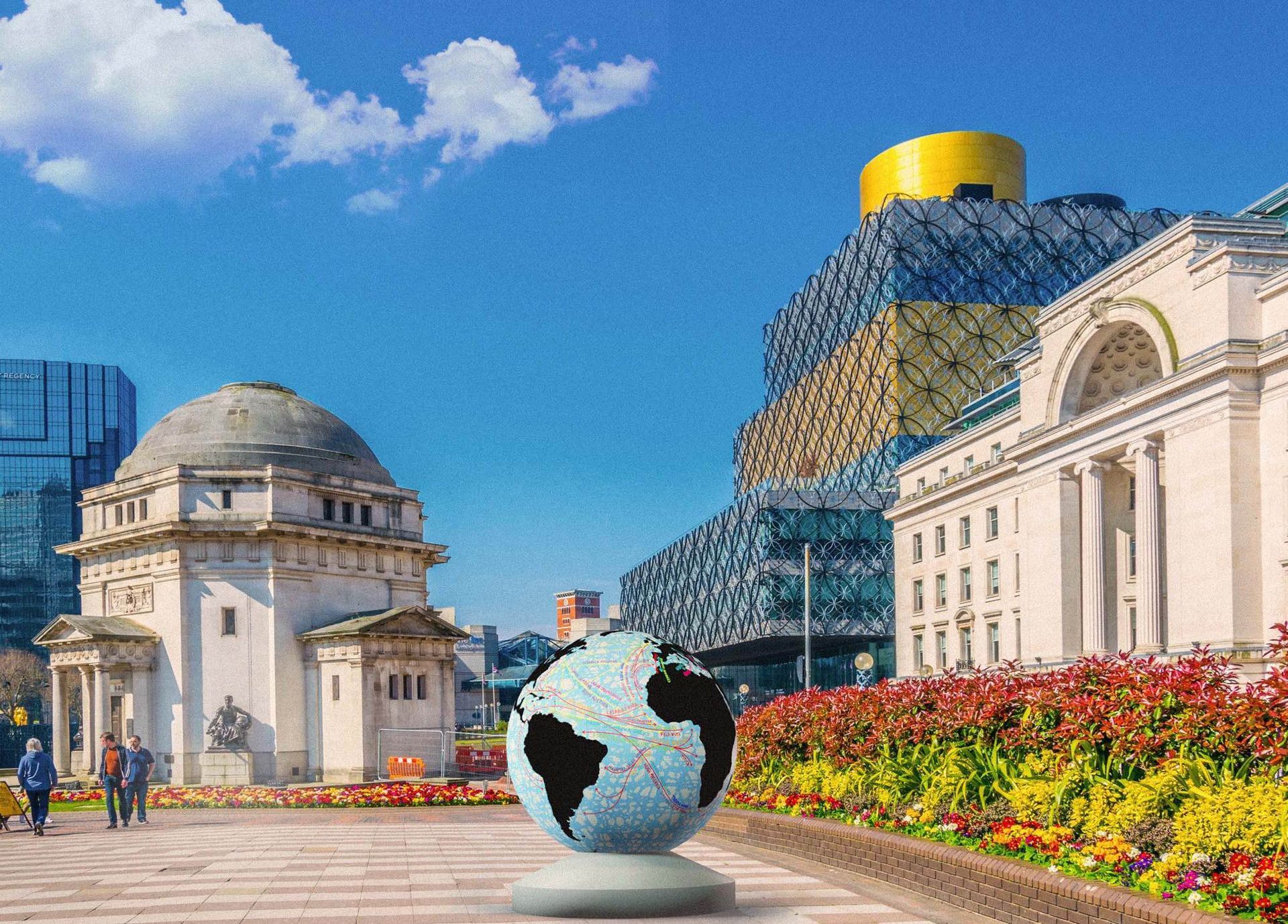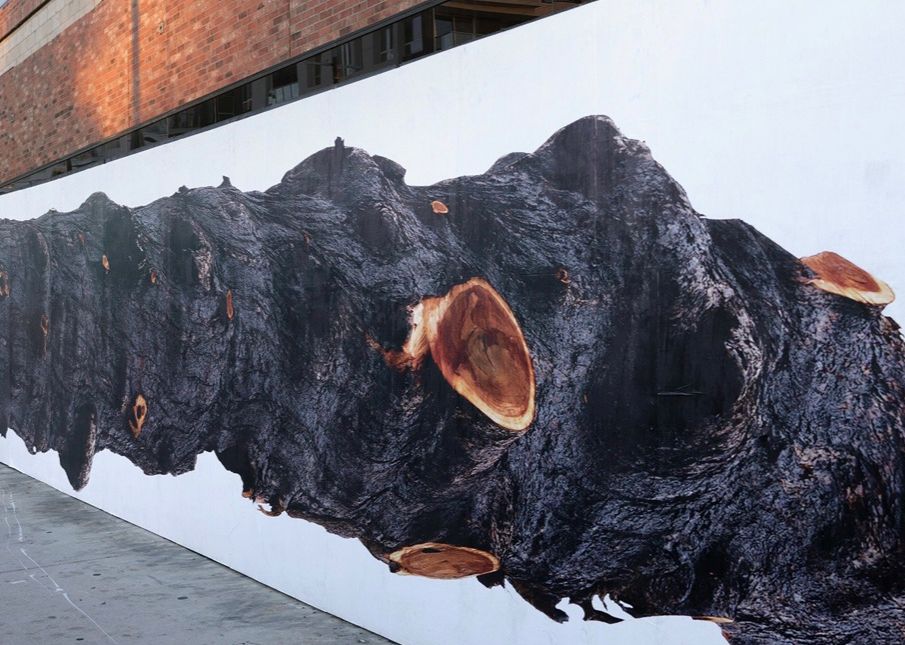
CULL ©Uta Kögelsberger
Uta Kögelsberger: "It was such a literally and metaphorically shattering experience to watch what was left of these majestic once living trees come crashing to the ground, like dead carcasses, sometimes falling with such force that the earth beneath them shakes."
The £25,000 Charles Wollaston Award for "most outstanding work has been awarded to artist Uta Kögelsberger for her video work CULL in the Royal Academy's 254th Summer Exhibition. Previous winners of the award include photographer Wolfgang Tillmanns, Anselm Kiefer and Yinka Shonibare. Alethea Magazine obtained an exclusive interview from the artist.
CULL follows the mammoth task of cleaning up after the devastating effects of the Castle Fire, which destroyed 174000 acres of the Sequoia National Forest in California, including an estimated 14% of the world's redwood population. CULL is embedded in Uta Kögelsberger's ongoing project Fire Complex, found on Instagram at @Fire_Complex.
Fire Complex began when the artist observed firefighting crews removing dangerous trees. She was shocked to see hundreds or thousands of years of history and knowledge wiped out in seconds. She decided to document the work. She quickly realised how important it was that these works were shown directly in public spaces and not just in galleries. After its beginnings on Instagram, CULL and @Fire_Complex were shown on billboards in London, then across the UK on the occasion of COP 26. The video work, now on display at the Royal Academy, was finally shown in Los Angeles. The rest of Fire Complex is now, of course, about reforestation campaigns, and happily we can report that over 6100 trees have already been planted. The artist is also constantly developing @Fire_Complex. Readers can keep up to date with the progress of the project on Instagram. Uta Kögelsberger is happy with her task and says the planet needs systemic change, but people don't have the luxury of waiting for it.
Interview Directory
ART
Name: Uta Kögelsberger
Occupation: Artist, Professor of Practice Newcastle University
Cull: London based visual artist whose work articulates and engages with social and political concerns through the languages of photography.
How did you find out about the Castle Fire?
I had scheduled to make a work about the plight of Sequoia National Forest before the fires happened andknew about the Castle Fire a month before it burned through the Alder Creek Grove and through Sequoia Crest. The fire was started by a lightning strike 15 miles away from human habitation. Because it is so prohibitively difficult to get permits for controlled burns, natural wildfires are now often initially left to burn. Fire has always been a natural part of the ecosystem in California, but what is so disastrous is their unprecedented severity. Fire Complex addresses the multifaceted underbelly of this new condition on Instagram @fire_complex.
Cull is part of your project Fire Complex. How was Fire Complex started and how far have you come with it?
Fire Complex started when I first visited the area after the fires. The strike teams had already been brought in to remove hazard trees. Watching the removal of these trees was like seeing hundreds - sometimes thousands - of years of history and knowledge being wiped out in a matter of seconds. It was such a literally and metaphorically shattering experience to watch what was left of these majestic once living trees come crashing to the ground, like dead carcasses, sometimes falling with such force that the earth beneath them shakes. This is when I knew that I wanted to focus on the clear up process after the wildfires.
It then became clear very quickly how important it wasfor this body of works to be shown directly in the public realm. It needed to reach beyond the gallery walls. After its early days as a project on Instagram, Fire Complex has been shown on digital and paper billboards in the London and in a flyposting campaign on the occasion of COP 26 across the UK. The video work that is now on view at the Royal Academy was first shown on massive digital screen on the front of ahigh-rise building in Downtown LA and as a series of oversized billboard installations in Hollywood. These works in the urban environment brought the scale of the disaster into focus. At the same time, I staged a billboard performance in which all the stumps left over in the community after the clear up process were billboarded on top of one another, one layer of history drowning out the next. I should also mention that the presentations of the work in the public realm included QR codes that linked people back to information about how to support organisations that are actively engaged in forest regeneration.
The other aspect of Fire Complex consists of a community-based replanting effort that I initiated in collaboration with Forest Services, Cal Fire, Archangel Ancient Tree archive, the communities of Sequoia Crest, Alpine Village and Cedar Slope, and volunteers from the Rotary Club. Together have replanted over 6100 saplings. This effort is now an ongoing aspect of Fire Complex. On Instagram the project continues@fire_complex, to disseminates information about the complexities around fire prevention and management and to update people about new developments of the project.
Fire Complex is a body of works that is going to keep growing and changing in response to the new contexts it appears in. I am now starting to think about the next stages of this work. Whereas the first effort looked primarily at the ecological impact of this crisis I am starting to now look more closely at the human impact.
How do you feel about receiving the Royal Academy Charles Wollaston Award?
It’s an amazing public recognition of the work to win one of the most prestigious prizes for artists in the UK;A fantastic celebration of this project; and also the much needed recognition of the urgency of the situation in our forests.
"Art can engage us in ways that straight facts sometimes can’t. It can get under your skin. It stays with you. It’s part of a process of sensing and sense-making."
What do you see as the role of art in the environmental movement?
Art can engage us in ways that straight facts sometimes can’t. It can get under your skin. It stays with you. It’s part of a process of sensing and sense-making. It takes more than logic to fully understand something. Yes, artit is an intellectual engagement but if it was only that then it would not be nearly as powerful as it can be. Brining these climate issues to people in ways that establish new connections and new forms of engagements is one thing that art can do. Also, it is hard to classify us artists, the people who make art, as belonging to a specific group of people or has having a specific agenda. I think that ‘rogueness’ is what puts us at such an advantage when it comes to bringing different people together.
Can you tell me the message of your work?
The discrete strands of Fire Complex bring together so many different languages and forms of engagement it would be reductive to reduce it to a single message.
But as a human being living in the 21st century I would say: Stop thinking about what the world can do to help you, but instead think of what you can do to help the world. We need systemic change to happen, but we do not have the luxury to wait for it. We are all responsible for the future of the whole planet.
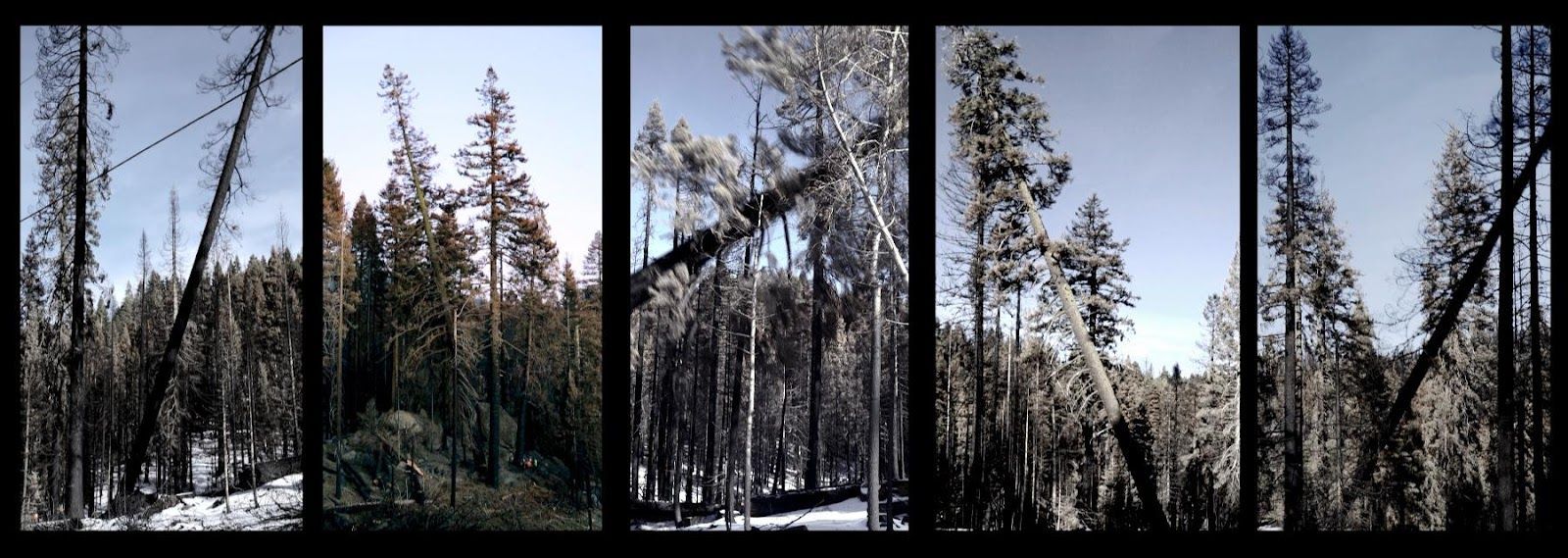
©Uta Kögelsberger
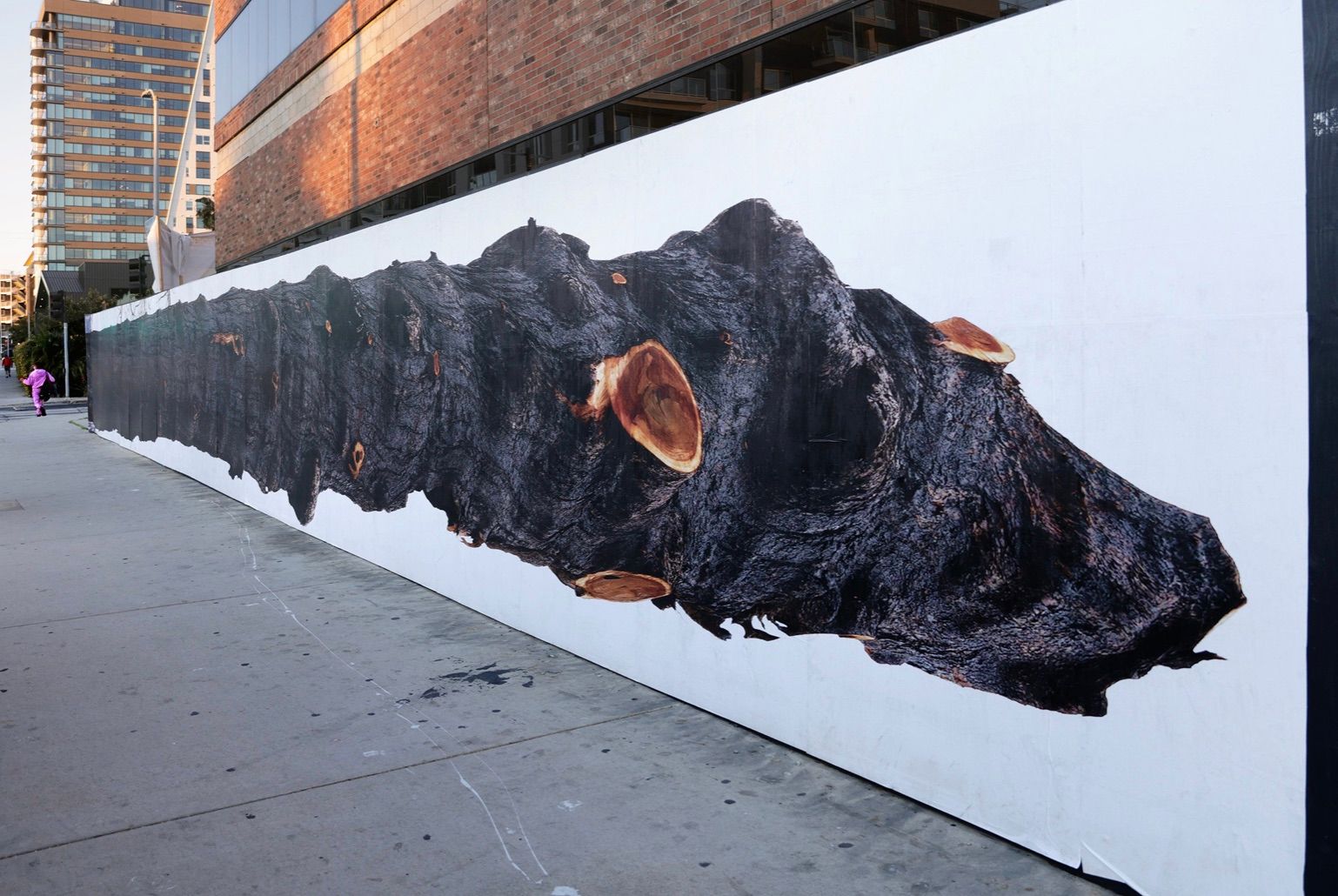
©Uta Kögelsberger
Uta Kögelsberger CULL ©Uta Kögelsberger
TOP STORIES
CHECK THE THINGS YOU WANT TO THROW AWAY
HA Schult's Trash People at the Circular Valley Forum in Wuppertal on 18 November 2022.
NOVEMBER 19, 2022
_____________________
THE OPERA OF THE FUTURE
Düsseldorf, capital of North Rhine-Westphalia will receive the opera house of the future.
FEBRUARY 15, 2023
_____________________
LONDON
Opening: Lightroom, London's new artist home, shows: David Hockney
DECEMBER 2, 2022
_____________________
FLORENCE
The extraordinary museums of Florence in 2023.
JANUARY 1, 2023
____________________
DÜSSELDORF
DECEMBER 11, 2022
____________________
IN BEAUTIFUL A CORUNA
New exhibition of the Marta Ortega Pérez Foundation: "Steven Meisel 1993" .
DECEMBER 5, 2022
____________________
WORLDLEADER
How did ProWein manage to become No. 1.
MARCH 15, 2023
____________________
INTERNATIONAL TOGETHERNESS
MARCH 8, 2023
____________________
TRAVEL
What major events in art, culture and society are we facing?
JANUARY 21, 2023
____________________
Hollywood
____________________
DISTANT WORLDS
Dieter Nuhr's paintings now in Senegal - "A Nomad in Eternal Transit"
DECEMBER 6, 2022
RELATED TALKS

